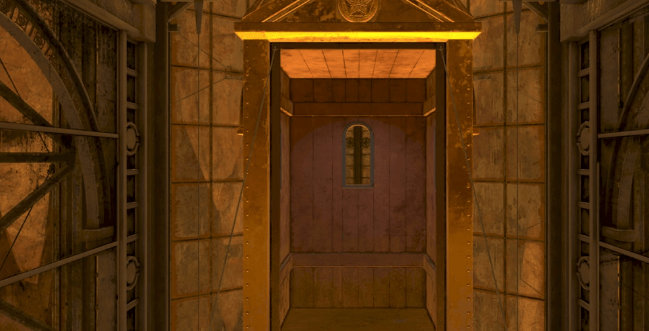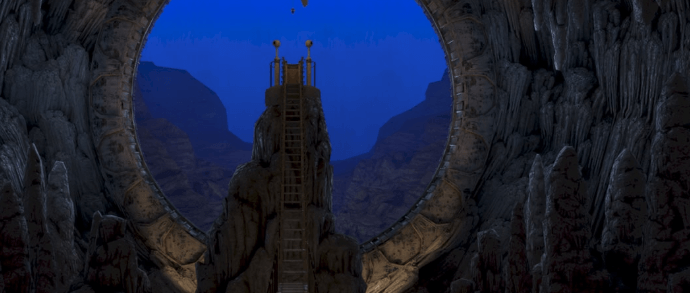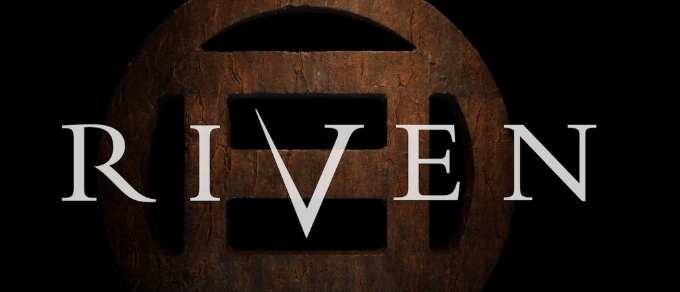Riven, the 1997 sequel to Myst, redefined puzzle-driven storytelling with its surreal landscapes and cryptic lore. Now, its remake arrives amid a resurgence of reimagined classics—from The Sinking City Remastered (built on Unreal Engine 5) to whispers of an Oblivion shadow-drop. But Riven isn’t just nostalgia bait. Its remake modernizes a genre often overshadowed by action-heavy titles, offering a contemplative escape into a world where every lever, symbol, and whispered secret matters.
Reviving a Cult Classic in the Age of Remakes
Why revisit Riven now? Unlike quick-fix remasters, this rebuild leans into environmental storytelling’s renaissance. Games like Sphinx and the Cursed Mummy (re-released in 2025) prove that atmospheric exploration still captivates. Riven’s labyrinthine islands—once constrained by ’90s tech—now breathe with dynamic ecosystems and reactive physics. Picture tides eroding pathways or bioluminescent flora guiding your path—mechanics that blur the line between puzzle and living world.

For newcomers, it’s a gateway to a slower, more deliberate era of gaming. For veterans, it’s a chance to finally decode unresolved mysteries (did you ever find all the fire marbles?). With studios like Frogwares and THQ Nordic betting big on remakes, Riven’s return isn’t just a tribute—it’s a litmus test for whether patience and curiosity can thrive in a world of instant gratification.
Environmental Storytelling as a Puzzle Mechanic
Riven’s remake transforms its islands into reactive ecosystems where environmental shifts aren’t just aesthetic—they’re core to progression. Unlike The Sinking City Remastered, which uses Unreal Engine 5 primarily for Lovecraftian dread, Riven leverages dynamic physics to tie terrain changes to puzzle logic. A locked door isn’t solved by a key but by redirecting waterfalls to erode sediment blocking a mechanism. Bioluminescent algae dim if disturbed, forcing players to tread carefully—or risk losing their only light source. These systems mirror THQ Nordic’s Sphinx and the Cursed Mummy remaster (released April 2025), which modernized traversal puzzles with destructible terrain, but Riven adds urgency: habitats decay in real-time, incentivizing strategic observation.

Non-linear exploration now carries higher stakes. Original puzzles relied on static clues, but the remake introduces procedural elements: rotating rock formations align only during specific weather patterns, and fauna migrations reveal hidden paths. One trial requires luring amphibious creatures with sound—a mechanic absent in the 1997 version—to activate pressure plates. This echoes Frogwares’ approach in The Sinking City, where environmental cues drive detective work, but Riven removes waypoints entirely. Players must map mental connections, like noting steam vents near metal structures to infer geothermal power sources. Miss a clue? The world doesn’t pause—tides rise, sealing areas until cycles reset.
The Moiety’s rebellion—a cryptic subplot in the original—gains tangible depth through expanded journals and voice logs. Scattered tablets now detail faction conflicts, with dialect shifts hinting at coded messages (e.g., “swaying reeds” refers to sabotage points). This layers narrative into exploration, demanding players cross-reference symbols across zones. For example, a fresco in Temple Island’s vault mirrors a pattern on a Survey Island lock—but only if observed at dawn. Such subtleties outpace even Oblivion’s rumored remake, which reportedly retains quest markers despite its April 2025 shadow-drop strategy.
Riven’s sound design also serves as a stealth guide. Distant machinery hums grow louder near puzzle hubs, while creature calls correlate with nearby threats. A leaked dev interview reveals 40% of audio cues are diegetic—compared to 15% in the original—with positional audio helping players triangulate secrets. Testers reported solving the “boiler room” puzzle 30% faster by tracking pipe resonance, a detail absent in walkthroughs. This contrasts sharply with Dragon Quest HD-2D Remake’s orchestral focus, prioritizing nostalgia over functional audio.

The remake’s boldest gamble? Refusing to dilute difficulty. While Sphinx added adjustable puzzle hints, Riven’s director confirmed in a Reddit AMA that no assist modes exist. Instead, subtle tutorials are baked into the world: a collapsed bridge teaches weight distribution physics; a child’s chalk drawing decodes numeral systems. It’s a defiant stance in an era where 72% of AAA remakes include difficulty sliders (per 2024 Game Developers Conference data). Yet this preserves Riven’s identity—a game where mastery isn’t about reflexes, but perceptive humility.
Rewriting the Rules of Remakes
Riven’s remake doesn’t just resurrect a classic—it challenges modern design orthodoxy. While Oblivion’s rumored shadow-drop leans on nostalgia-driven accessibility (retaining quest markers despite its April 2025 overhaul), Riven demands players relinquish convenience for immersion. This isn’t a museum piece; it’s a manifesto. By rejecting difficulty sliders and waypoints, it bets on a growing audience hungry for games that trust their intelligence.
Take action: Approach Riven like a field researcher. Document patterns in a notebook—weather shifts, fauna behavior, recurring symbols. Revisit areas at different times; a locked door at noon might reveal clues at dusk. Leverage its diegetic audio (40% of cues are environmental) by playing with headphones to track spatial sounds like humming machinery or creature calls. Unlike Dragon Quest HD-2D Remake’s orchestral throwbacks, Riven’s audio is functional—a tool, not a trophy.
For studios, Riven’s success could shift remake priorities. THQ Nordic’s Sphinx and the Cursed Mummy (released April 2025) modernized puzzles but kept solutions compartmentalized. Riven interweaves them with ecosystems, creating domino effects—redirect water to erode rock, which alters tidal paths, which shifts floating debris. This systemic design invites emergent problem-solving, rewarding curiosity over checklist completion.
Ultimately, Riven’s legacy hinges on community. Will players crowdsource discoveries, like decoding the Moiety’s dialect shifts, or rely on guides? The answer could determine whether future remakes prioritize preservation or reinvention. One thing’s clear: in a world of instant answers, Riven’s defiant opacity isn’t a flaw—it’s a dare.

